Aniline leather, refined
Contents
The gap between aniline leather and semi aniline leather
The lack of a defining standard between pure aniline leather and semi aniline leather has led to a certain amount of confusion. Pure aniline leather must not have a pigmented surface of any kind, not even a minimal one, according to the definition of this type of leather. Therefore, aniline leather is susceptible to stains. As soon as any pigmentation is applied, it is no longer classed as aniline leather. If the leather is only minimally pigmented so that it remains as natural as possible, the leather does not meet the minimum requirements for the leather type semi-aniline leather either.
Aniline leather is not allowed to have a pigment coating.
This conflict occurs mostly in upholstery leathers. Understandably, the leather furniture manufacturers want the best leather quality (aniline leather). But, at the same time, they want the aniline leather not to fade, not to have natural markings on leather and as few colour deviations as possible and not be susceptible to stains.
In aniline leather liquid penetrates immediately. A light finish improves protection.
To solve this dilemma, some tanneries have applied thin layers of pigment onto the leather. This was intended to be as close as possible to aniline leather, while applying a light protection in order to meet the legitimate wishes of the furniture trade and the end users. If, during investigations, pigments were found on the surface the tannery would be accused of failing to sell high quality aniline leather. Then, if it was tested for semi aniline leather, it failed to meet the minimum requirements for light fastness or friction resistance.
This regulatory gap gave the impression that the tannery had produced a deficient leather. But a leather that falls between aniline leather and semi aniline leather is actually of excellent quality. It is coated as little as possible to preserve the naturalness. Although this offers minimum protection, it ensures that this type of leather will not fade so easily and be less stain sensitive than completely porous aniline leather.
It's of little advantage to the consumer that pure aniline leather, which falls within the highest price bracket, fades over time and that normal stains are difficult to remove. Thus, slightly pigmented leather between aniline and semi aniline is a much better option for leather manufacturers, leather traders, furniture manufacturers and the end customers.
Aniline leather, refined – Refined aniline leather
At the beginning of 2016, the term "aniline leather, refined" appeared for the first time in the new formulation of RAL 430/4. The definition stated that on a refined aniline leather the hair pore must be almost completely visible. An applied pigment coating must not exceed 0.015 mm. In the case of aniline leather, a pigment-free coating should not be above 0.01 mm.
In RAL 061 A1 (March 2016) the rules were tightened once more. Accordingly, the pigmentation is not allowed to exceed 0.01 mm. The natural hair pores must remain clearly visible and the hair pore channels must not be completely filled.
Presumably the "aniline leather is refined" will overtake the pure aniline leather in the furniture sector. The tendency for a patina to form on high-priced pure aniline leather only makes sense for buyers who want this effect.
Although this new leather type makes it harder for consumers and experts to distinguish between the types of leather, the manufacturers should adhere to the new definitions in their leather descriptions. This solution is the right way to offer the end users the best smooth leather in the high price segment. It will certainly take a few years until the new term "aniline leather refined" has become established.
The following examples of pore visibility are only indicative. Depending on the leather batch and area of the skin, large fluctuations of the pore visibility can already be present within one skin.
Pure aniline leather: The pores are completely recognisable and no finish is applied on the leather surface.
Refined aniline leather has only a very thin pigment coating on the surface, which is hardly noticeable.
Semi-aniline leather: Pores are still clearly visible, but a thin layer of paint is on the leather surface which is more then on aniline leather, refined.
Pigmented smooth leather: Pores
are no longer recognisable because a thick layer of paint is filling and covering the pores.
Video about different types of leather
Video about different kinds of smooth leather.
Additional information
- Aniline leather
- Porous leather
- What should be considered when buying new leather furniture?
- Finish - Pigmented leather
- Smooth leather
- Leather hair pores







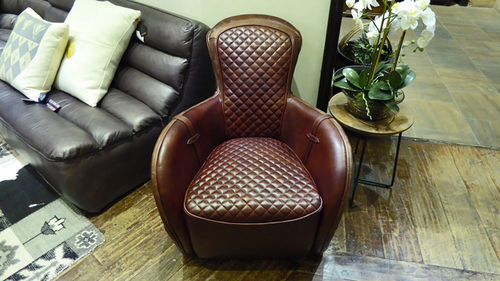





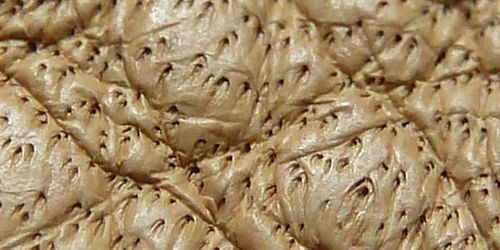
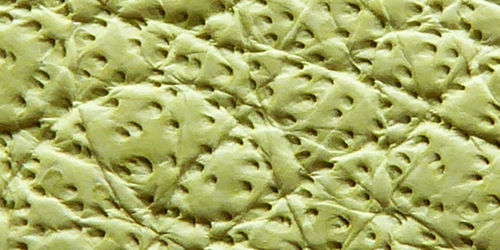
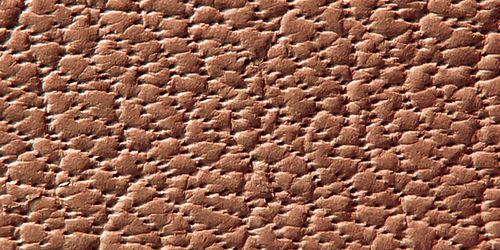
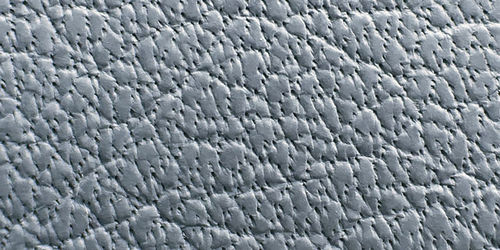
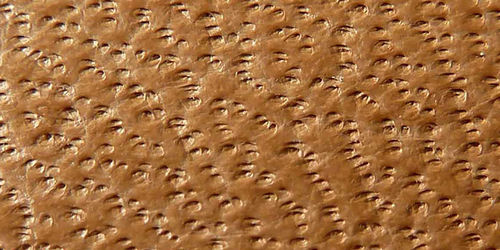
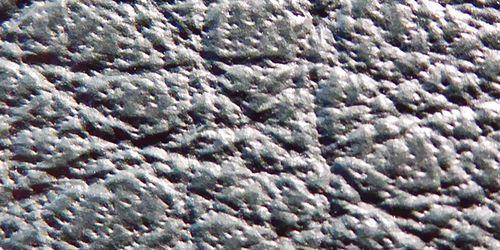
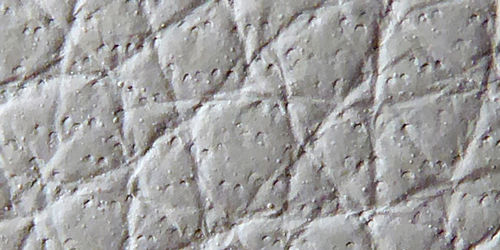
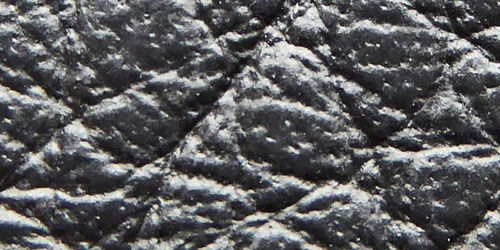

 a kotori web solution
a kotori web solution